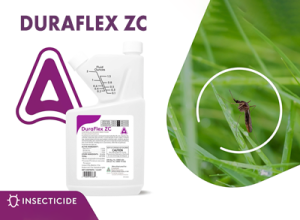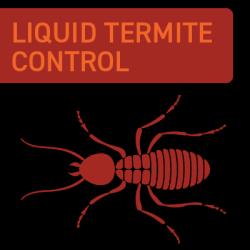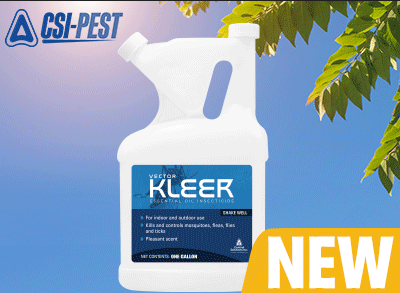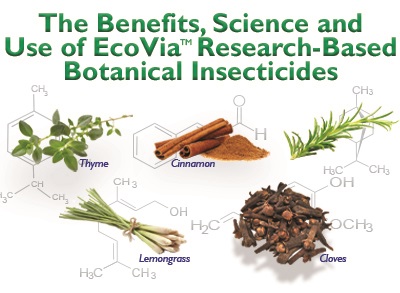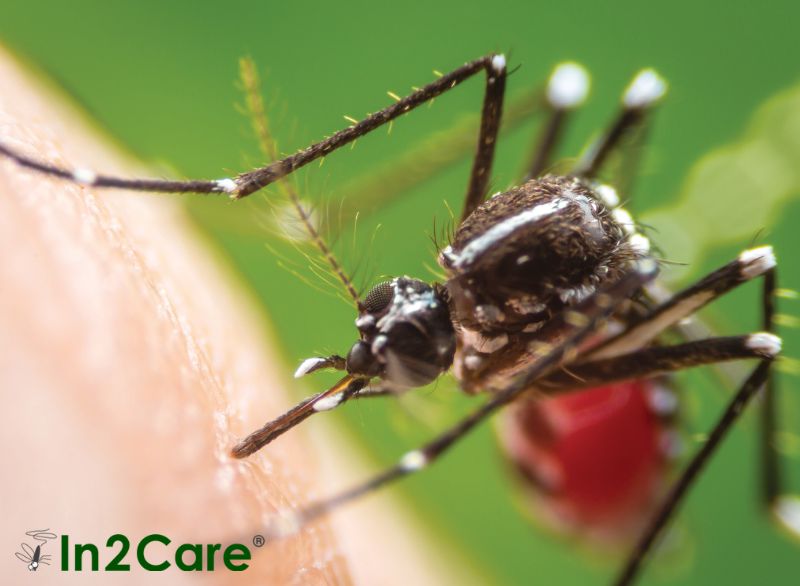Nibor-D® Insecticide Foam + IGR: The Latest Chapter in the Borate Story
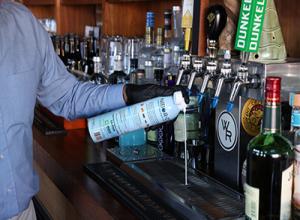
In 1998, Nibor-D® Insecticide hit the market. Over the last 25 years, the borate dust has established itself as an industry favorite known for its efficacy, reliability and versatility. Its broad label makes it an ideal product for commercial and residential accounts, and its track record against notoriously difficult pests (like small flies and American and German cockroaches) means it’s a go-to solution for even the toughest infestations. Add in the fact that it can be used as a dust, liquid or foam, and it’s no wonder that that it became a staple product found on service vehicles all over the country.
This combination of factors is what led to Nibor-D’s popularity and eventually became the foundation for the pesticide’s new iteration as a ready-to-use foaming aerosol. Nibor-D Insecticide Foam + IGR grew directly out of Nibor-D strengths and from feedback from pest management professionals on how they prefer to tackle tough infestations. Over time, it had become clear how useful foaming with Nibor-D was for getting into the out-of-the-way, hard-to-reach areas where pests all too often live and breed, delivering borates to the places where they would be most effective. One of the main drawbacks to foaming, however, has always been the time it takes to mix the solution to the appropriate strength and to achieve the right consistency with foaming agent additives.
That’s where Nibor-D Insecticide Foam + IGR comes in. Nibor-D Insecticide Foam + IGR combines the power of borates with the benefits of foam as a delivery system, further enhancing the blend with the addition of an insect growth regulator (IGR). The result is a potent, dual active blend that has multiple modes of action to rapidly control infestations, all ready to go in a convenient can. “Nibor-D Insecticide Foam + IGR allows for you to reach deep into those areas where small fly larvae are found in one simple to use step. An awesome time-saver with outstanding results!” said Michael Knappenberger, ACE, PCQI, Food Safety Account Manager for Hoffman Pest Control.
Those results are due to the different ways Nibor-D Insecticide Foam + IGR gets to the root of the infestation. It works first to kill by direct contact. The high expansion foam leaves residual deposits of both active ingredients on surfaces, helping to eliminate adults and to prevent larval development by rendering organic material, scum, filth and biofilm uninhabitable. Meanwhile, the IGR goes to work immediately to reduce the chances of a second generation of pests, helping to disrupt reproductive processes and resulting in the inhibition of the molting process, reduced egg production and hatch rates.
“The reason Nibor-D Insecticide Foam + IGR is so effective is because borates are so effective,” said Dr. Jamel Sandidge, National Director, Technical Services for Nisus Corporation. “They create versatile, long-lasting pesticides that can take effect rapidly and can remain effective over long periods of time.” This efficacy is due to how insects react to borates. Boron, the critical component of borates, is naturally occurring and consumed by living creatures on a daily basis in food. Any excess is processed by kidneys in mammals and excreted as urine. Insects, however, lack kidneys, which allows borates to build up in their system, ultimately prohibiting them from turning their food into energy. Because borates affect enzyme cofactors rather than proteins, they do not trigger the processes by which physical resistance develops. Essentially, borates throw a wrench in an insect’s metabolic gears, tearing up its guts, prohibiting its ability to get energy from food, and causing neuromuscular fatigue. To date, there is no known example of pest populations developing tolerance or resistance to borates over time. “This stuff just works,” concluded Dr. Sandidge.

